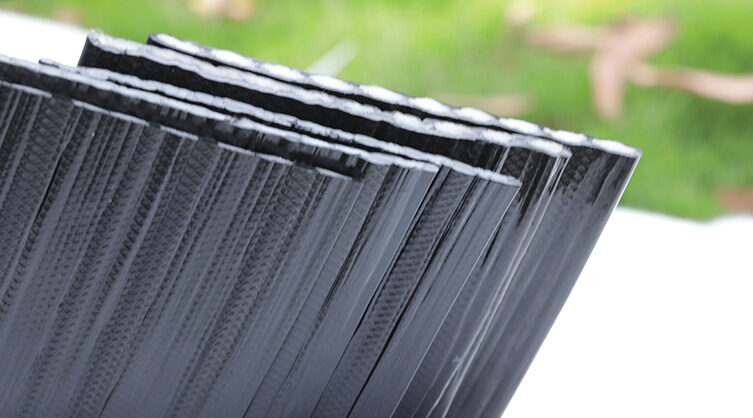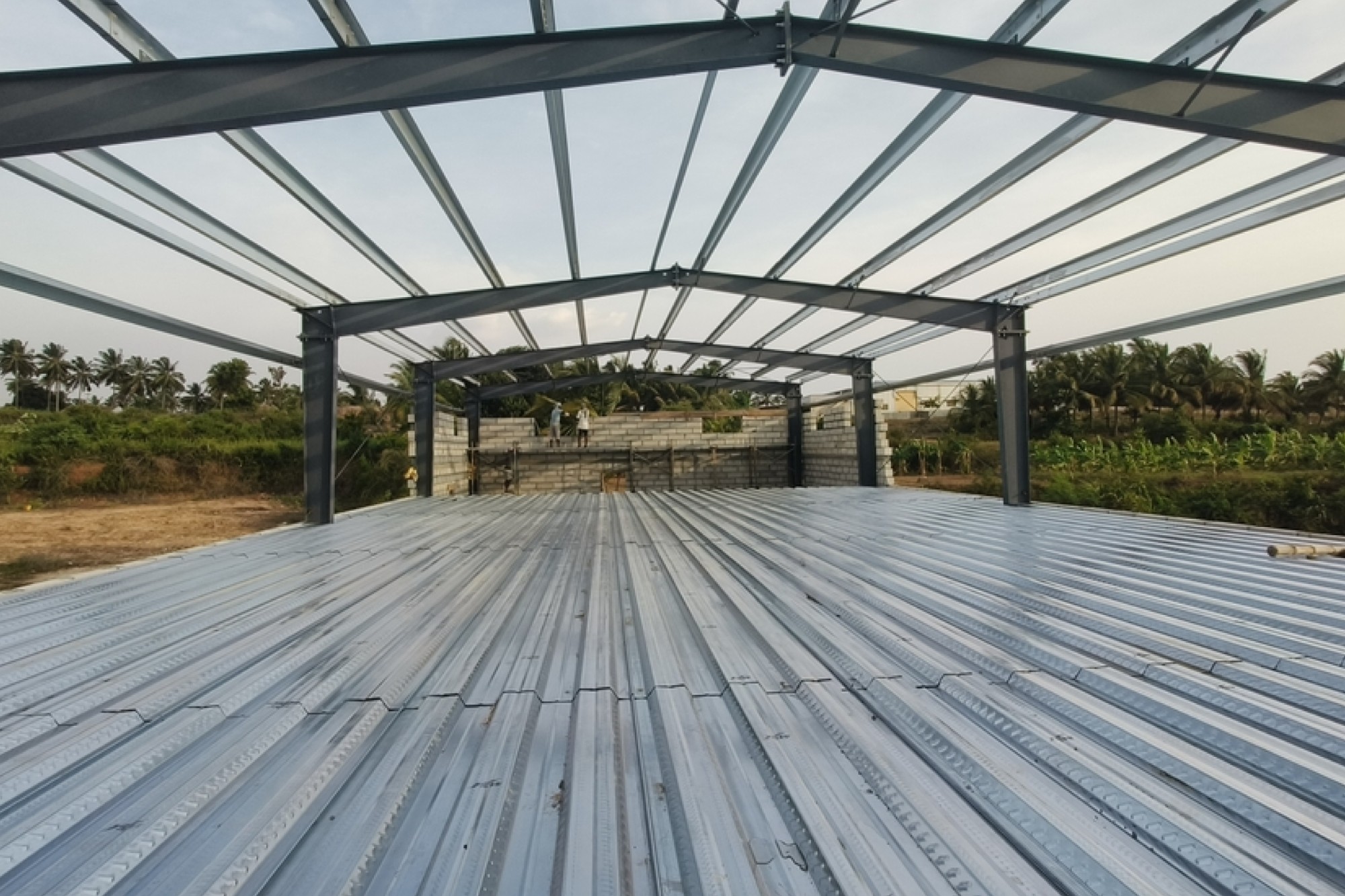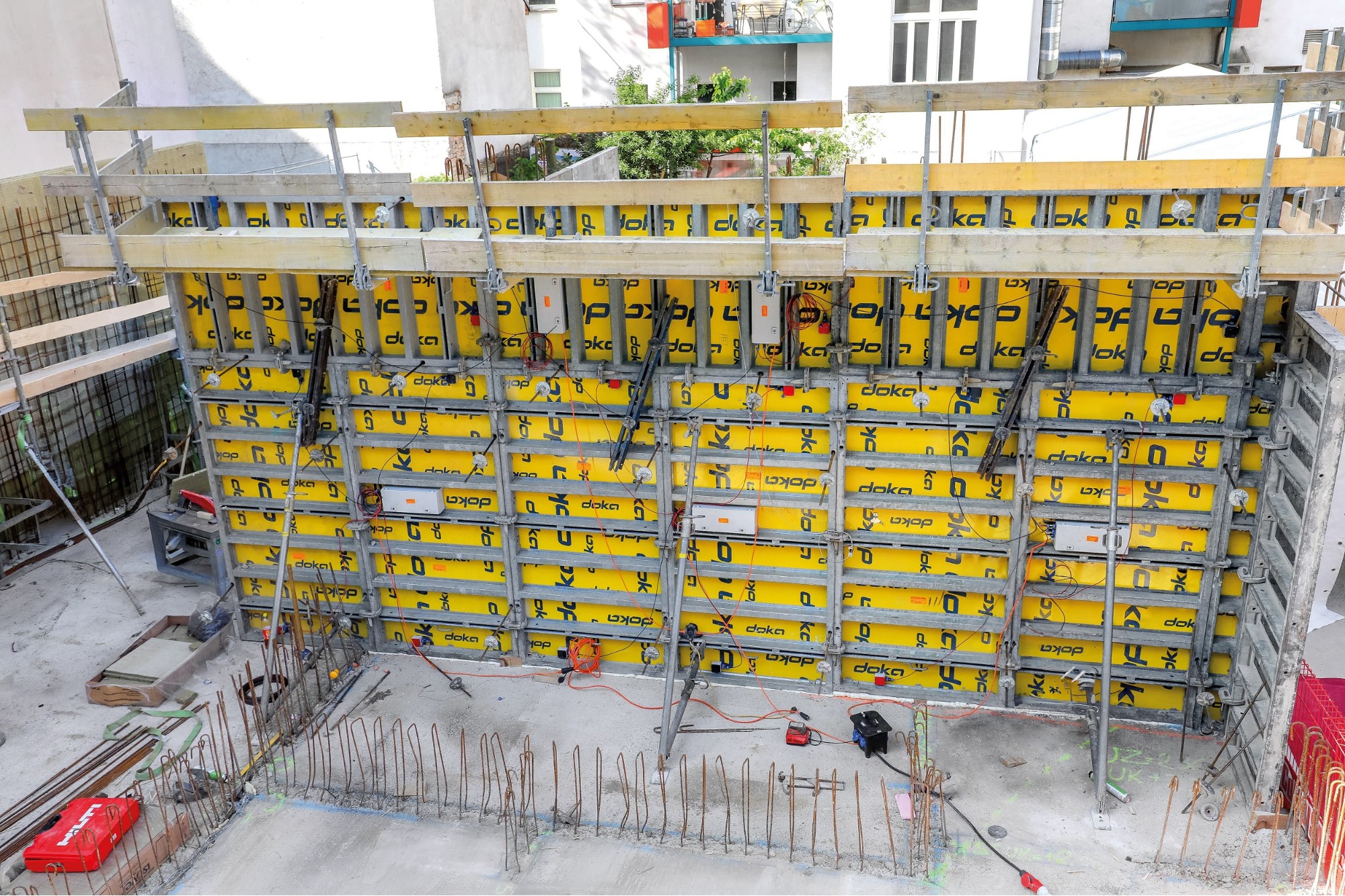Advancements in Geosynthetics: Enhancing Performance, Durability, and Sustainability
By Edit Team | July 5, 2023 5:26 pm SHARE

The geosynthetics industry is evolving through smart integration and nanotechnology innovations.
Smart technology integration in geosynthetic processes enables real-time monitoring of construction projects to obtain improved performance, says Manish Barot of TECHFAB India Industries Ltd.
How have advancements in geosynthetic technology improved performance, durability, and sustainability?
Advancements have resulted in the development of geosynthetic materials with higher tensile strength, puncture resistance, and durability, allowing them to withstand heavy loads and harsh environmental conditions. Geosynthetics are designed to be long-lasting and resistant to degradation caused by chemical exposure, ultraviolet (UV) radiation, biological factors, and physical wear. It can reduce the need for traditional construction materials, such as aggregates. It can also minimise the environmental impact of projects by enabling the use of marginal or locally available soils and reducing excavation and transportation requirements.
Developments in geosynthetic technology have contributed to improved performance, durability, and sustainability by enhancing product properties, extending lifespans, reducing resource consumption, and providing versatile solutions for geotechnical challenges.
What factors should engineers and builders consider when selecting the appropriate geosynthetic material for a specific application?
Various factors need to be considered by engineers and builders when a geosynthetic material is selected, the primary one being the function of the material. Geosynthetics serve various purposes, including reinforcement, separation, filtration, etc. Understanding the required function will help narrow down the options. The site’s conditions, such as the soil conditions, climate, groundwater level, slope stability, etc., also influence the decision to pick the material. The material properties, like its strength, puncture resistance, UV resistance, and durability, as well as the installation considerations of the machine itself, are major requirements to be reviewed, as the availability of skilled labour, time constraints, etc., would vary the type of material.
Moreover, considerations of the long-term performance of the material and a cost analysis of the materials should be made. The cost considerations include the purchase, instalment, and maintenance across its lifespan. The material should also comply with environmental and regulatory rules, meeting industry standards, codes, etc. In the end, the manufacturer’s expertise and reputation regarding the material should be one of the major determining factors when purchasing the material. The manufacturer’s track record, technical support, and product documentation like certifications, test reports, and warranties should all be roughly examined.
How do geosynthetics help address environmental challenges like soil erosion, landfills, and contaminated sites?
Geosynthetics are crucial in tackling environmental challenges like soil erosion, landfills, and contaminated sites. In each scenario, they offer significant benefits:
Soil Erosion Control: Geogrids and geocells provide soil reinforcement and stabilisation, effectively preventing erosion. They can also act as erosion control blankets when combined with biodegradable materials. By establishing vegetation cover, they shield the soil from the damaging impact of rain and wind, ensuring long-term stability.
Landfills: Geomembranes and geosynthetic clay liners act as impenetrable barriers in landfill liners and caps. They prevent the migration of contaminants, safeguarding the surrounding environment. Geocomposites and geonets provide efficient drainage systems, facilitating the collection and removal of leachate while minimising the risk of contamination.
Contaminated Sites: Geomembranes and geosynthetic clay liners are used in constructing barrier systems for isolating and containing contaminated sites. They effectively halt the migration of pollutants, minimising the risk of further soil and water contamination. Additionally, they play a role in various remediation techniques, such as soil vapour extraction, by acting as covers or barriers to control the movement of gases and vapours.
Geosynthetics serve as indispensable tools for mitigating environmental challenges. They offer effective erosion control, ensure proper containment of contaminants, and aid in site remediation, promoting environmental protection and fostering sustainable practices.
How do they impact infrastructure projects such as roads, bridges, tunnels, and airports?
Geosynthetics significantly impact infrastructure projects like roads, bridges, tunnels, and airports. They offer numerous benefits and address specific challenges. Geosynthetics such as geogrids reinforce road pavements, improve load-bearing capacity, distribute stresses, and extend the roads’ lifespan. Geotextiles separate and filter materials, enhancing stability and drainage in road construction.
Geosynthetics offer multiple advantages for infrastructure projects. They reduce construction costs by utilising local soils, minimising excavation, and optimising pavement designs for efficient and economical solutions. They simplify construction processes, minimise earthworks, and provide reliable solutions for challenging soil conditions, enabling faster construction. It reinforces, drains, separates, and filters, improving infrastructure elements’ longevity and performance, resulting in resilient structures.
Moreover, Geosynthetics minimise traditional material usage, reduce environmental impact, and optimise resource utilisation, contributing to sustainability in infrastructure projects.

What challenges do geosynthetic manufacturers and installers face, and how are they addressing them?
Standardisation and Regulations: The geosynthetics industry operates in a complex regulatory environment, with different standards and specifications varying by region. Manufacturers and installers work closely with regulatory bodies and industry organisations to develop and harmonise standards, guidelines, and codes of practice to ensure the proper use and performance of geosynthetics.
Education and Training: Geosynthetic installers require specialised skills and knowledge to ensure proper installation and maximise the benefits of geosynthetic materials. Continued education and awareness programmes help address installation challenges and improve project outcomes.
Design Considerations and Engineering Support: Proper design and engineering are critical for successful geosynthetic applications. Manufacturers provide engineering support services. This support includes technical assistance, design guidelines, and software tools to facilitate proper design, material selection, and integration of geosynthetics into infrastructure projects.
Market Awareness and Adoption: Geosynthetics offer a range of benefits, but there can be a need for more awareness among project owners, engineers, and contractors about their capabilities and potential applications. Manufacturers actively promote the benefits of geosynthetics through educational campaigns, case studies, and participation in industry conferences and exhibitions.
Collaboration and Research: Geosynthetic manufacturers collaborate with research institutions, industry associations, and academia to advance the understanding of geosynthetics and address ongoing challenges.
By addressing these challenges, geosynthetic manufacturers and installers strive to enhance product quality, promote proper installation practices, increase market awareness, and contribute to sustainable and resilient infrastructure development. The ongoing research, education, standardisation, and collaboration efforts play a crucial role in advancing the geosynthetics industry.
What innovations are on the horizon for geosynthetics, and how might they shape the construction and civil engineering industries?
The geosynthetics industry is experiencing constant evolution, with several notable innovations on the horizon. One such innovation is the integration of sensors, monitoring systems, and data collection capabilities into geosynthetics, known as smart geosynthetics. These advanced materials can provide real-time data on factors like strain, temperature, moisture, and deformation, enabling remote monitoring and early detection of potential issues. Additionally, nanotechnology is being explored to enhance geosynthetics’ properties and performance, including strength, permeability, UV resistance, and more.
Another focus of innovation lies in geomembrane technologies, which aim to improve barrier properties, chemical resistance, and durability. These advancements in geosynthetics hold significant potential to shape the construction and civil engineering industries in multiple ways. Firstly, they can enhance the performance, durability, and resilience of infrastructure, leading to longer service life and reduced maintenance needs. Secondly, smart geosynthetics equipped with sensors enable enhanced monitoring and asset management, revolutionising practices by providing real-time data for proactive maintenance and risk reduction. Lastly, the use of biodegradable geosynthetics and environmentally friendly manufacturing processes promote sustainable construction practices, reduce environmental impact, and embrace circular economy principles.
Overall, these innovations have the potential to revolutionise the geosynthetics industry, bringing improved performance, sustainability, and efficiency to the construction and civil engineering sectors. They empower engineers and contractors to effectively address challenges, optimise designs, and create a resilient infrastructure that meets future demands.
For more details, visit: https://www.techfabindia.com/
Cookie Consent
We use cookies to personalize your experience. By continuing to visit this website you agree to our Terms & Conditions, Privacy Policy and Cookie Policy.



































































